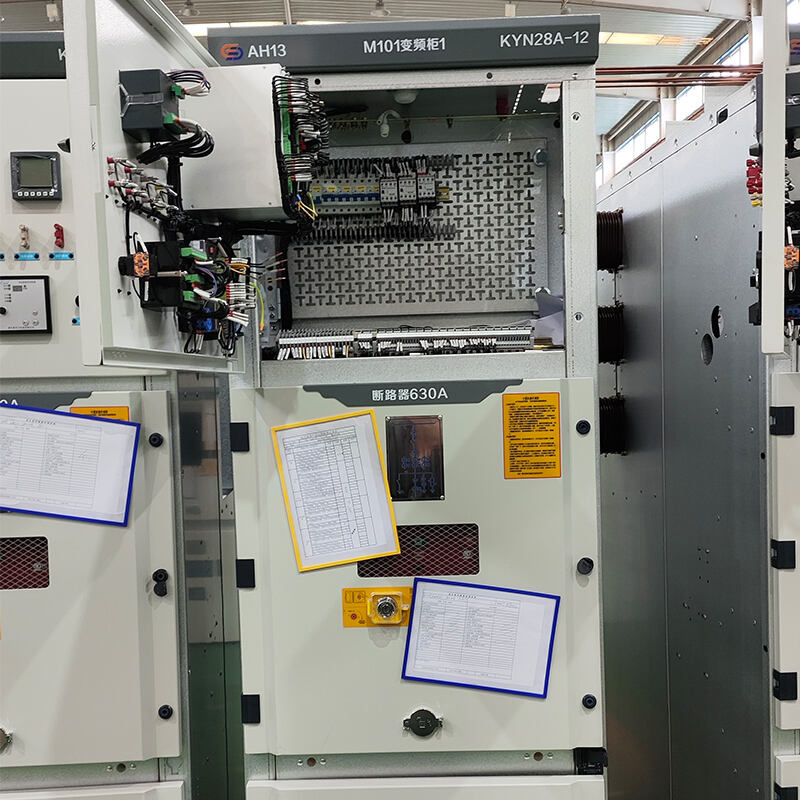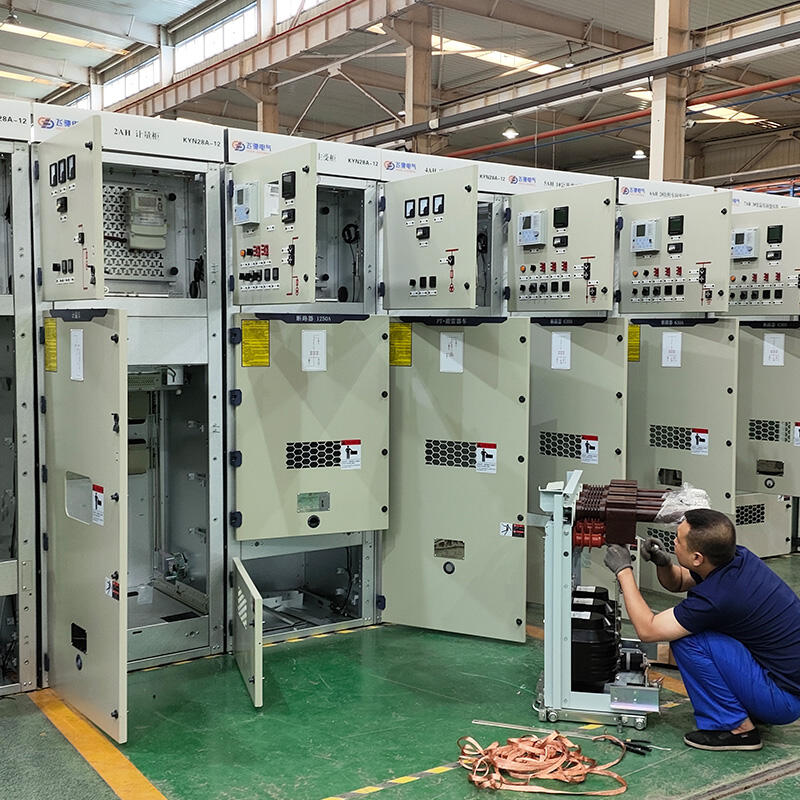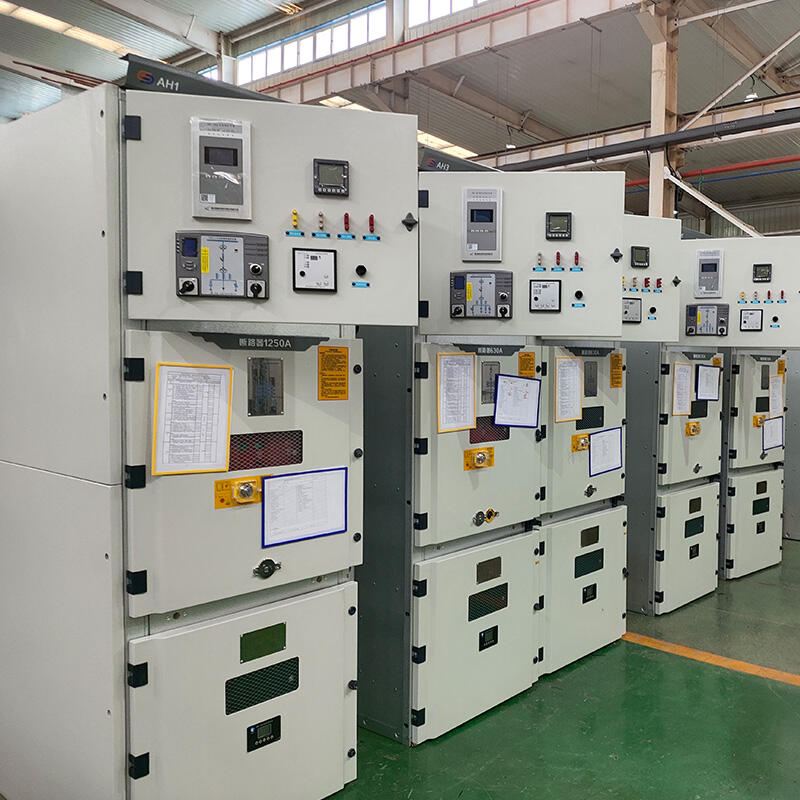electrical switchgear control systems are the operational core of switchgear, managing the activation, deactivation, and monitoring of electrical circuits to ensure safe and efficient power distribution. These systems combine hardware components, such as relays, contactors, and programmable logic controllers (PLCs), with software that governs switchgear operation based on predefined parameters. electrical switchgear control systems receive input from sensors measuring voltage, current, and temperature, using this data to make real-time decisions, such as tripping a circuit breaker during an overload. In modern setups, electrical switchgear control systems often include human-machine interfaces (HMIs) that allow operators to visualize system status, adjust settings, and manually control switchgear components when needed. A key feature of electrical switchgear control systems is their ability to coordinate with other grid components, such as renewable energy systems or energy storage, ensuring seamless integration and grid stability. These systems also play a vital role in safety, incorporating interlocks that prevent unsafe operations, such as opening a live circuit. Whether in industrial facilities, power plants, or commercial buildings, electrical switchgear control systems are essential for maintaining precise control over electrical distribution, making them a critical element of any reliable electrical infrastructure.


